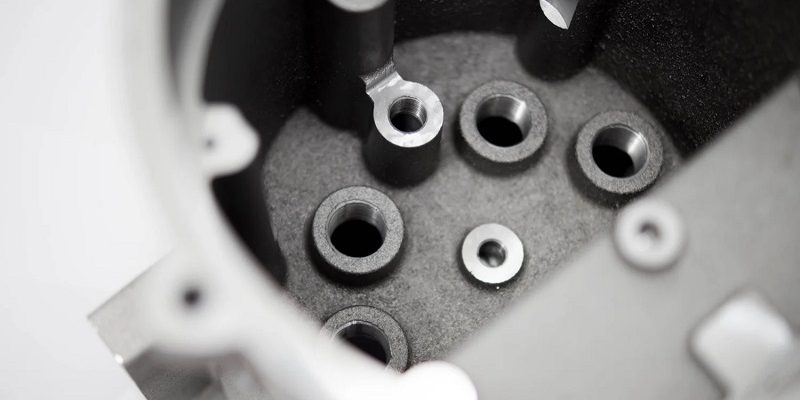Metal casting is an ancient manufacturing process used to shape molten metal into complex forms. It remains essential in many industries that produce automotive parts and machinery components. Sometimes defects appear during solidification and lead to poor surface finish or weak mechanical strength. Such imperfections reduce product reliability and waste valuable material. Understanding why these flaws occur helps engineers create better molds and improve process control. Careful attention to melting temperature and cooling rate also reduces error. Each defect type has its own cause and impact. Awareness of these factors ensures consistent production quality.
Common Defects in Metal Casting
Porosity is a frequent defect that affects density and strength. Small air pockets form during solidification when gas fails to escape. Trapped gas weakens the casting and may cause leaks. Hot tears occur when metal contracts unevenly during cooling. The stress from contraction leads to cracks along thin sections. Inclusions appear when foreign particles remain within the metal. The contamination usually comes from slag or sand particles left inside the mold. Each defect lowers performance and increases repair effort. A clean melting process and proper gating design can reduce these issues.
Causes Behind Casting Defects
Defects arise from human error and process variation in many cases. Poor mold design allows uneven flow and causes turbulence. Inadequate temperature control affects solidification speed and metal shrinkage. Moisture in the mold also releases steam and forms voids. Incorrect pouring speed introduces air and promotes porosity. Impurities in raw metal may lead to inclusions that harm structure. Lack of quality checks hides minor cracks until late inspection. Uneven cooling creates thermal stress across the casting surface. Each cause demands targeted correction and awareness during design and operation.
Preventive Measures for Quality Improvement
Proper mold preparation reduces many defects. Dry and clean molds prevent gas formation and contamination. Consistent pouring speed ensures smooth flow inside cavities. Correct alloy composition helps maintain uniform solidification. Adequate venting channels allow air to escape freely. Temperature monitoring maintains a stable environment for molten metal. Skilled operators handle equipment and manage timing with care. Periodic maintenance of furnaces and ladles eliminates residue buildup. Controlled cooling avoids hot tears and distortion. Prevention reduces repair cost and improves overall reliability of each casting.
Remediation and Recovery Strategies
Identifying flaws early helps limit production losses. Visual inspection detects surface cracks or blowholes quickly. Radiographic testing reveals hidden cavities under the surface. Grinding and welding can repair minor porosity or small tears. Re-melting scrap returns valuable material into circulation.
Now metal casting remains vital for modern manufacturing despite the challenges it faces. Awareness of defect causes and prevention methods ensures better product quality. Efficient remediation strategies also safeguard time and resources. Continuous learning and process control lead to consistent results across every batch. Strong diligence at each stage keeps operations sustainable and productive.








Comments